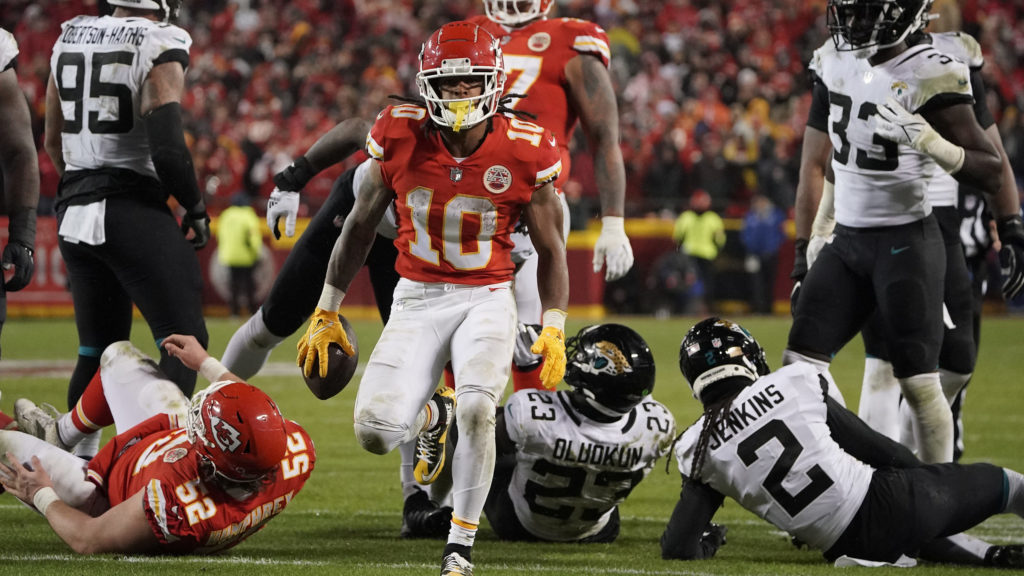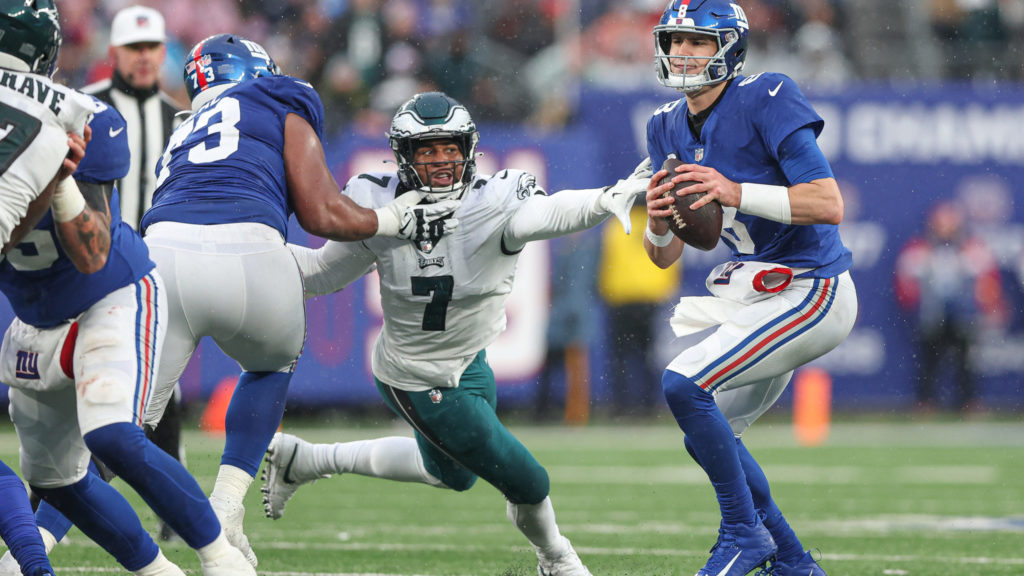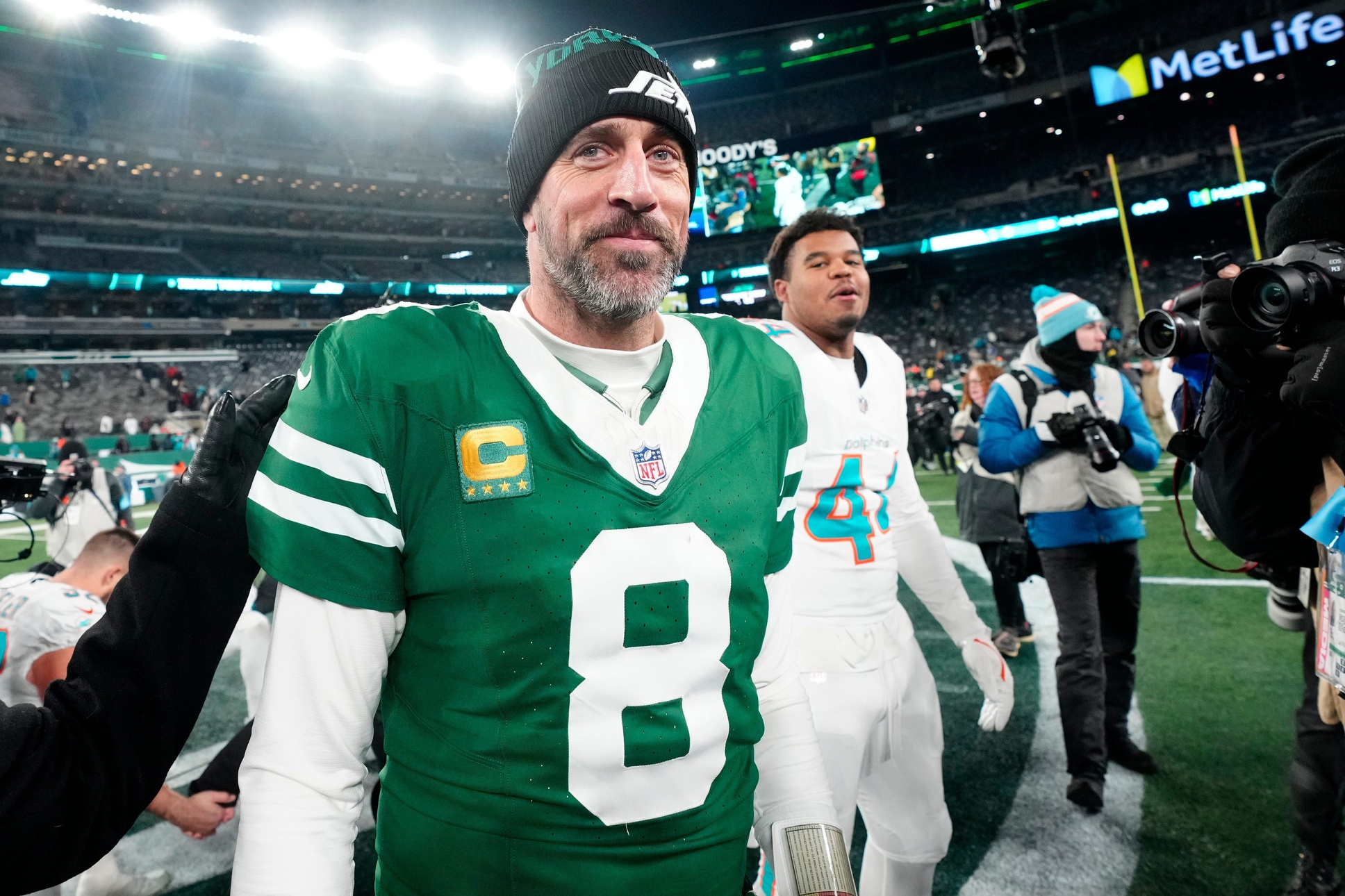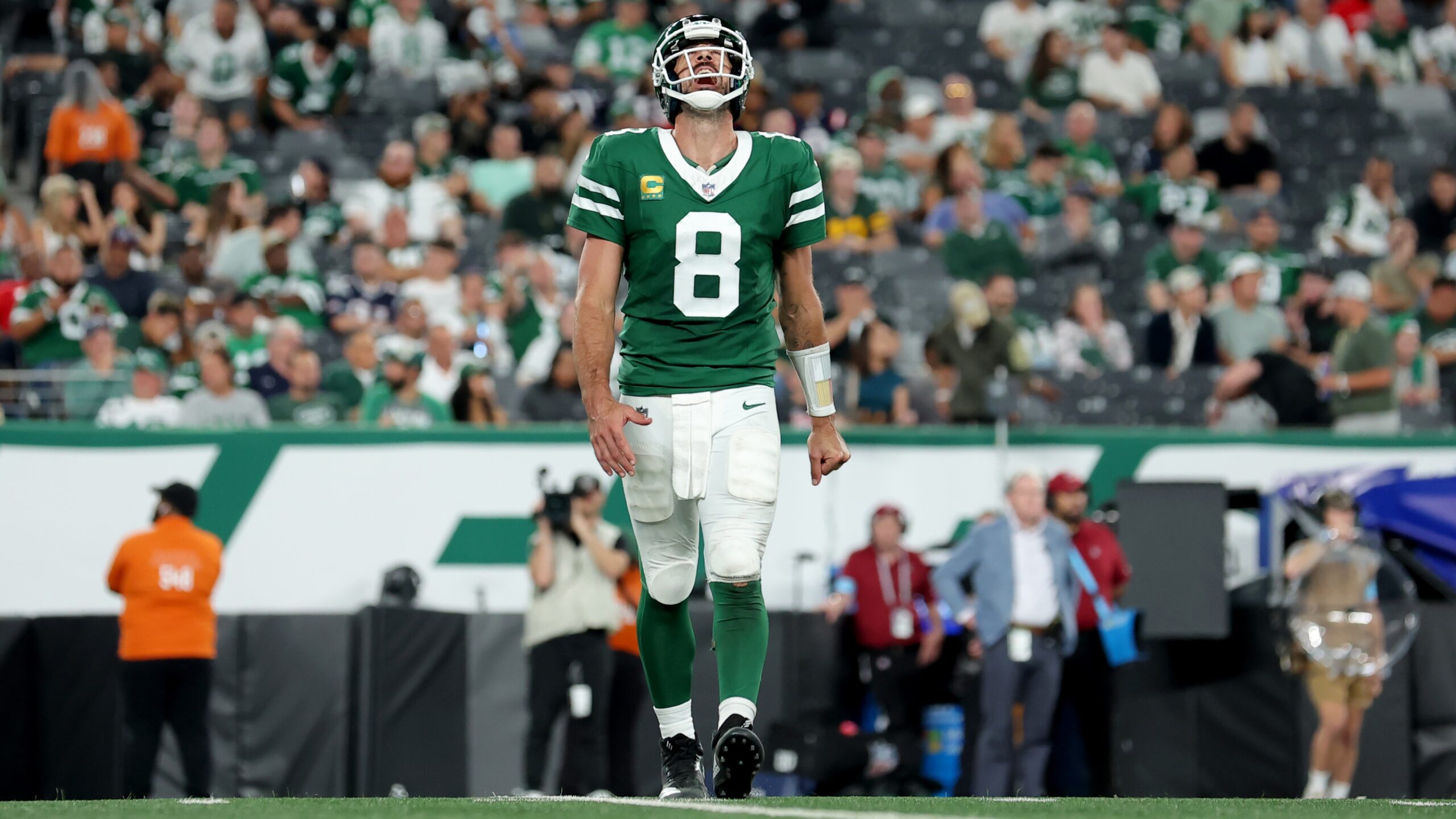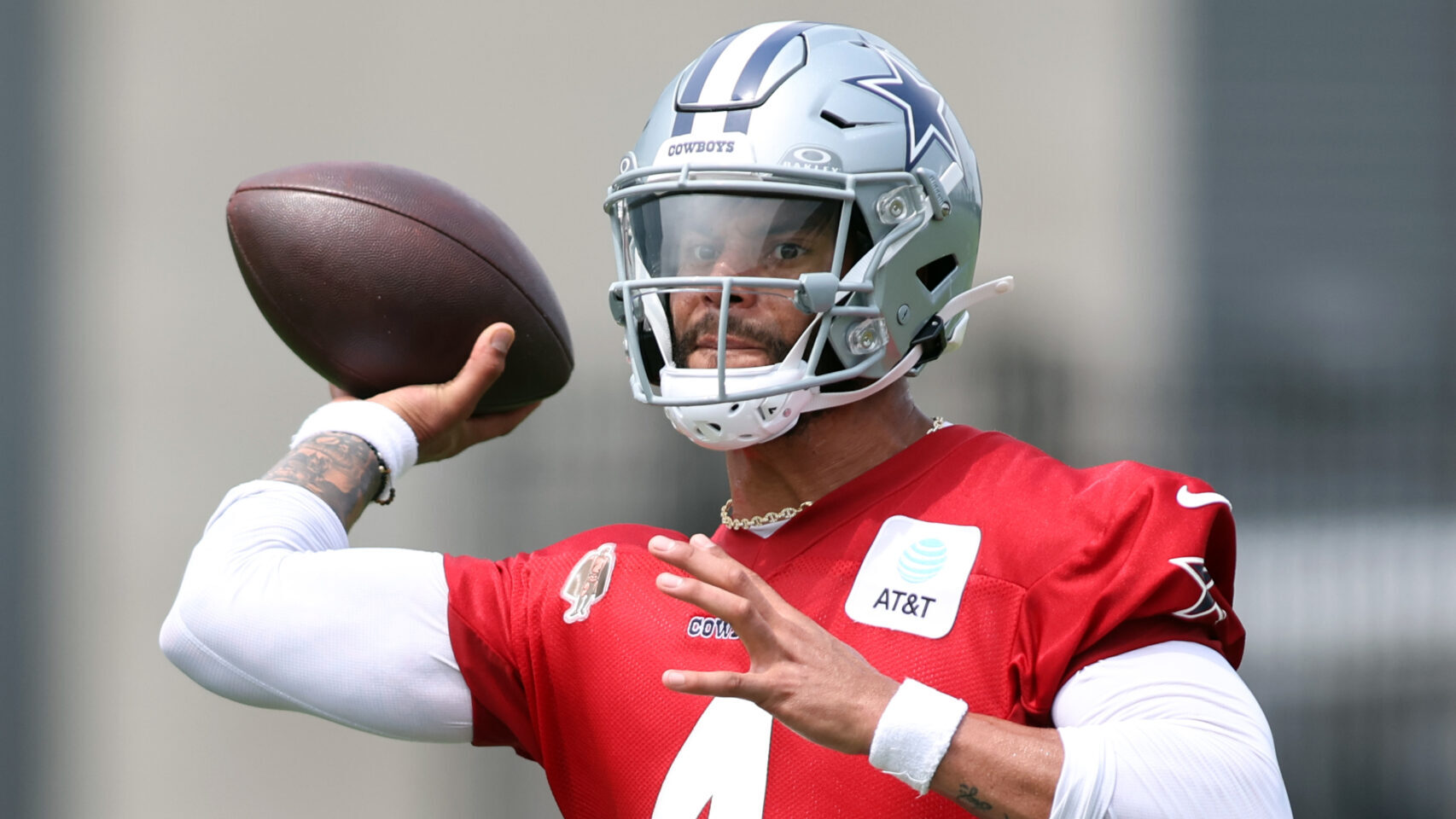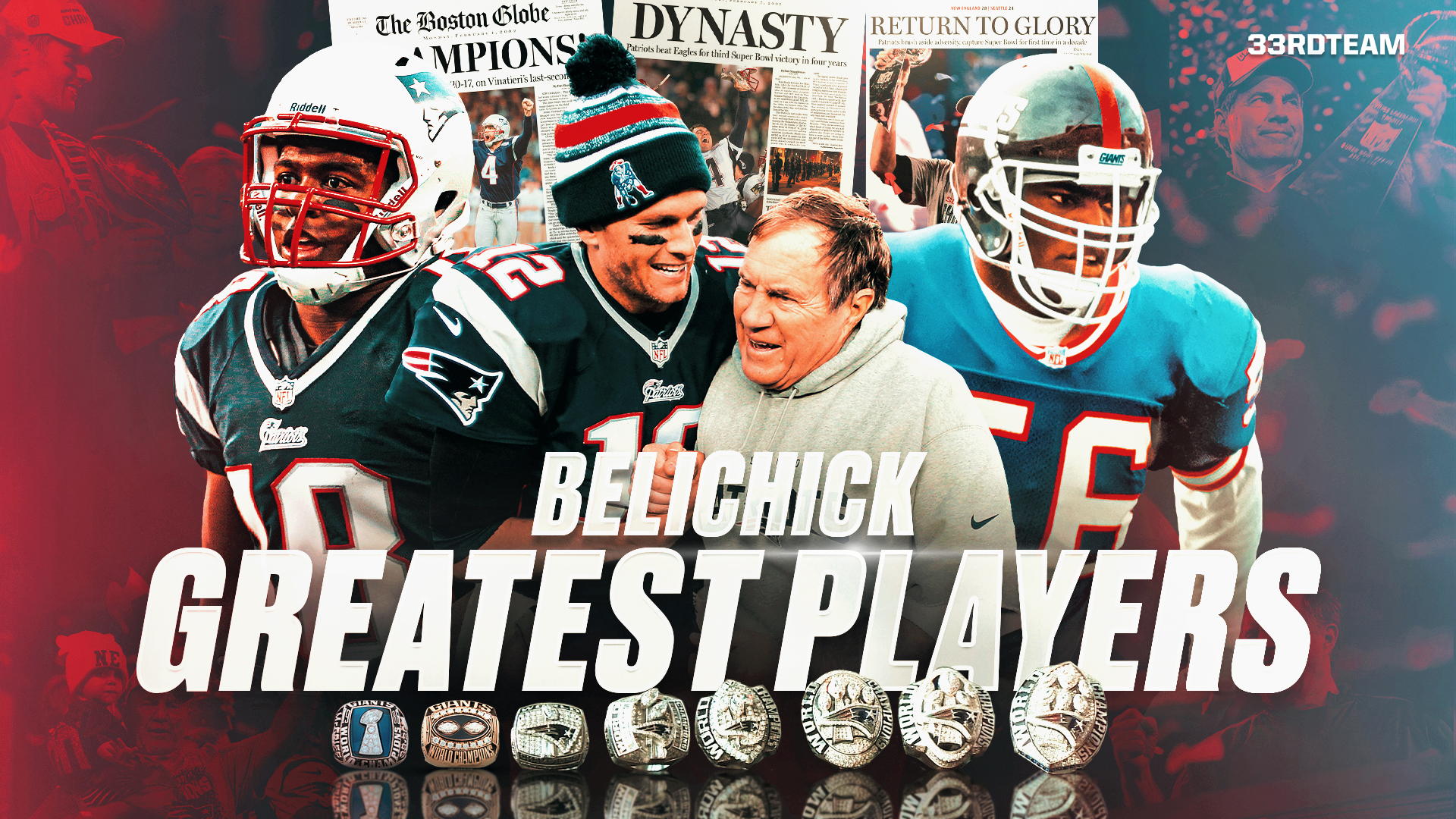Analysis
2/8/23
10 min read
Anything for an Edge: Inside Super Bowl Advance Scouting Reports
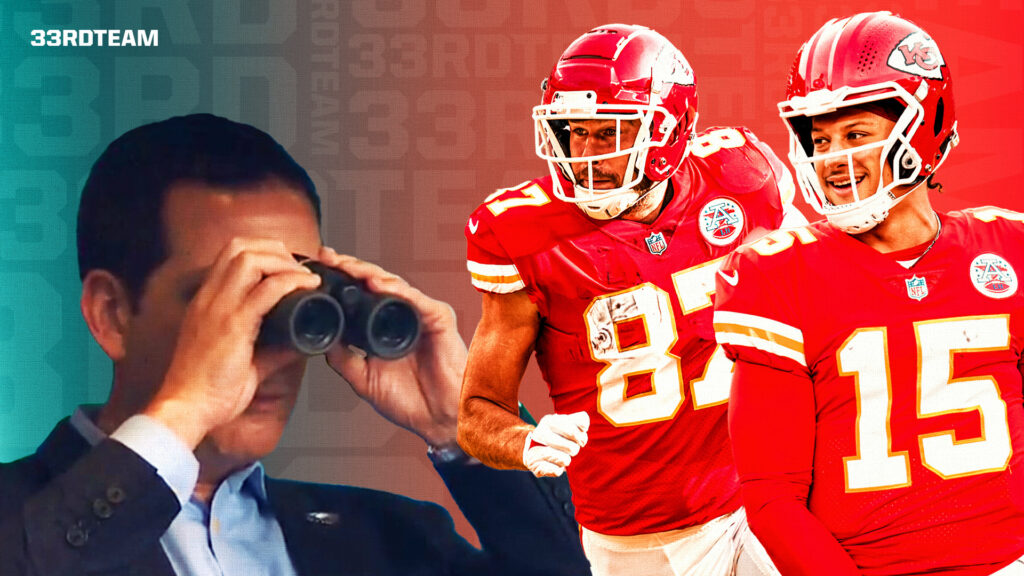
The Philadelphia Eagles and Kansas City Chiefs’ pro personnel departments have had many long night the last phree weeks, helping prepare their teams for Super Bowl LVII.
Every NFL team has a pro personnel department. It typically consists of a director and three to four pro scouts. These folks are tasked with evaluating every player in the league. Additionally, they are responsible for preparing the scouting report on upcoming opponents.
The director usually will specialize in the team’s own division and conference, leaving the remainder of the opponents to his staff. In this role, they are known as “advance scouts.” I began my career in the NFL as an advance scout of the Chiefs at a time when few clubs used them.
These scouts watch video of - and compile intelligence on - an upcoming opponent. They see at least two of that team’s games live, with the last look being immediately before it faces their club. In short, they’re in the office grinding video and gathering intelligence five days a week ... and they're on the road traveling the other two.
The advance scout works hand-in-glove with the quality control coaches and the analytics and video departments in assembling the report. Like CIA data, the advance scouting report has many different consumers. The head coach, three coordinators, position coaches and players all receive customized versions of the report.
For example, the personnel section of the report, which outlines the strengths, weaknesses, tendencies and technique style of each opposing player, goes to everyone. The statistical breakout, which covers personnel groupings, formations, field position, down and distance, as well as analytical data, is often segregated by platoon. Coordinators, coaches and players only get the information on the opposition platoon they will be facing. Special teams data goes to everyone, while the head coach and general manager get the entire report.
The head coach also gets a customized “Keys To Winning” report. What must his team do tactically and strategically to win the game? Who must we stop? Whom can we attack? What is their personality as a team? Are they defensively dominant or offensively inclined? How does their personnel match up with ours? The coordinators get shorter versions of the same sheet, focusing on their respective areas.
The video department prepares customized “cut-ups.” These are specialized video clips illustrating various sections of the report. For example, the Eagles' defense will see all Patrick Mahomes' throws to Travis Kelce broken out by formation, down and distance and route combination.
[bc_video video_id="6319952118112" account_id="6312875271001" player_id="default" embed="in-page" padding_top="56%" autoplay="" min_width="0px" playsinline="playsinline" picture_in_picture="" language_detection="" max_width="640px" mute="" width="100%" height="100%" aspect_ratio="16:9" sizing="responsive" ]
The Chiefs’ defense will see all of Jalen Hurts' runs broken out by down and distance, RPO, scramble, designed runs and short-yardage/goal-line. This type of video is prepared for virtually every opposing player and game situation. That’s why NFL players and coaches spend six or more hours per day in the classroom. The coaches spend an equal amount of time analyzing and preparing their lesson plans each day.
When the playoff schedule was established, the pro director assigned each scout a team to prepare a report for. As teams are eliminated, they focus on the survivors. Once the divisional round is determined, they concentrate all their manpower on the remaining teams. There is nothing but midnight oil burned from that week forward.
Nothing, however, is more exciting than getting ready for the “Big Dance.” When the conference championship games are played, the advance scouts are not at their teams’ games. They’re watching it on TV from the site of one of their potential Super Bowl opponents. It’s a long, sad flight home if your team loses. If it wins, you are literally on top of the world. For the Super Bowl pro scouting departments, there’ll be little sleep following the championship game because they will be publishing the most important advance scouting report of all.
>> READ: How Teams Plan Super Bowl Travel
The completed report is given to the coaches on Monday night after the championship game. The players typically get it when they report back to work on Wednesday.
A great many teams publish the report for the players by a secure computer link. The coaches get it in printed notebook form. Some teams go “old school,” if the head coach prefers, with notebooks for everyone. These are known as “Game Books.” As the game draws closer, players will receive inserts containing call sheets, play diagrams, personnel groupings and alignment/assignment instruction for every game situation. In short, it is the Super Bowl game plan. These books are closely guarded and secured both at home and at the Super Bowl site.
In all five Super Bowls I was a part of, our team installed the game plan at home during the week after the championship game. We polished that plan and worked on situational football at the game site. Regardless of the locale, the scouting report/game book was with every player and coach daily.
We don’t have access to nearly enough data here to replicate a report. However, by using regular-season and some playoff statistics, we can give an overview of each Super Bowl competitor that is similar to what will appear in the Eagles and Chiefs’ Super Bowl scouting reports. It is from this data that the ultimate keys to winning are formulated.
League Rank by Platoon
Kansas City: 1 total offense, 20 run, 1 pass, 11 total defense, 8 run, 18 pass.
Philadelphia: 3 total offense, 5 run, 9 pass, 2 total defense, 16 run, 1 pass.
What a matchup. The No. 1 offense vs. the No. 2 defense. The other side of the coin, however, presents a different picture with Kansas City’s 20th-ranked run game vs. Philadelphia’s 16th-ranked run defense. Kansas City’s No. 1 pass offense vs. Philadelphia’s No. 1 pass defense is a statistical push. This tells us the game will likely be decided by which offensive line protects its quarterback best.
Takeaway/Giveaway Ratio
Kansas City: 20 takeaways/23 giveaways/minus-3.
Philadelphia: 27 takeaways/19 giveaways/plus-8.
Philadelphia has a big edge in this category.
Red Zone
Kansas City’s offense was No. 2 in the league, scoring 50 touchdowns and having a 90.4% success rate. Philadelphia’s offense was No. 3 in the league, scoring 40 touchdowns and having a 91.5% success rate. Kansas City’s red-zone defense was 31st in the NFL. Philadelphia’s red-zone defense was 11th in the NFL.
The offenses are about equal. Philadelphia has a big edge on defense.
Individual Offensive Player Statistics
[bc_video video_id="6319944262112" account_id="6312875271001" player_id="default" embed="in-page" padding_top="56%" autoplay="" min_width="0px" playsinline="playsinline" picture_in_picture="" language_detection="" max_width="640px" mute="" width="100%" height="100%" aspect_ratio="16:9" sizing="responsive" ]
Quarterbacks
Mahomes had a 67.1 completion percentage, 8.1 yards per attempt, 41 touchdowns and 12 interceptions for a passer rating of 105.2. His playoff statistics are virtually the same.
Hurts had a 66.5 completion percentage, 8.1 yards per attempt, 22 touchdowns and six interceptions for a passer rating of 101.5. His playoff numbers are not valid because both Eagles’ victories were blowouts. They didn’t differ greatly from his regular-season numbers except for a yards-per-attempt of 5.6.
Pass Catchers
Kansas City: Kelce (110 receptions, 12.3 yards per reception, 12 touchdowns), JuJu Smith-Schuster (78 receptions, 12.0 yards per reception, three TDs), Jerick McKinnon (56 receptions, 9.1 yards per reception, nine TDs). Marquez Valdes-Scantling (42 receptions, a 16.4 yards per reception, two TDs.)
Kelce is the primary weapon. Smith-Schuster must play a big role for Kansas City to win.
Philadelphia: DeVonta Smith (95 receptions, 12.6 yards per reception, nine TDs), A.J. Brown (88 receptions, 17.0 yards per reception, 11 TDs), Dallas Goedert (65 receptions, 12.0 yards per catch, three TDs).
Brown and Smith are the home-run hitters. Goedert is the security blanket.
Rushing
Kansas City: Isiah Pacheco (170 attempts, 830 yards, 4.9 yards per carry, five touchdowns). Mahomes (61 attempts, 358 yards, 5.9 yards per carry, four TDs).
McKinnon and Clyde Edwards-Helaire played backup roles, but Pacheco is the main man. Mahomes does more damage with his legs than the perception indicates.
Philadelphia: Miles Sanders (259 attempts, 1,269 yards, 4.9 yards per carry, 11 touchdowns). Hurts (165 carries, 760 yards, 4.6 yards per carry, 13 TDs).
Boston Scott has been a steady backup throughout the year. Kenneth Gainwell has emerged in the playoff blowouts against the San Francisco 49ers and New York Giants with 26 carries for a 6.2 yards per carry average. He’s also a significant factor in the passing game. When it’s all said and done, the Eagles are a running football team with Sanders and Hurts as dual bell cows. In addition, Hurts is their No. 1 goal-line and short-yardage runner. If the Eagles can run in the Super Bowl as they have during the season, they will win.
Notable Defensive Players
Kansas City: L’Jarius Sneed (three interceptions), Juan Thornhill (three interceptions), Chris Jones (15.5 sacks), George Karlaftis (six sacks), Mike Danna (five sacks), Frank Clark (2.5 sacks in the playoffs).
Philadelphia: C.J. Gardner-Johnson (six interceptions, tied for the league lead), Darius Slay (three interceptions), James Bradberry (three interceptions), Haason Reddick (16 sacks), Brandon Graham (11 sacks), Javon Hargrave (11 sacks), Josh Sweat (11 sacks).
The Eagles had an amazing 70 total sacks for the season, a team record and two below the NFL season record set by the 1984 Bears. From front to back, this is a murders row. If they perform as they did throughout the regular season and playoffs, they’ll be awfully tough to beat.
Keys to Winning
[bc_video video_id="6319898669112" account_id="6312875271001" player_id="default" embed="in-page" padding_top="56%" autoplay="" min_width="0px" playsinline="playsinline" picture_in_picture="" language_detection="" max_width="640px" mute="" width="100%" height="100%" aspect_ratio="16:9" sizing="responsive" ]
Kansas City
Defense: Stop Philadelphia's run game. Stop Hurts’ run game, including RPOs. Stop “home runs” from Brown and Smith. Make Hurts play from the pocket. Don’t let Hurts escape from the pocket for chunk runs.
Offense: Protect Mahomes. Allow him to extend and scan the field. Run the ball often and successfully. This is the way the Washington Commanders defeated Philadelphia. Non-Kelce receivers must get open and make plays.
Special teams: Clean kicking game. Make field goals and extra points with at least a 90 percent success rate.
[bc_video video_id="6319897019112" account_id="6312875271001" player_id="default" embed="in-page" padding_top="56%" autoplay="" min_width="0px" playsinline="playsinline" picture_in_picture="" language_detection="" max_width="640px" mute="" width="100%" height="100%" aspect_ratio="16:9" sizing="responsive" ]
Philadelphia
Defense: Stop Kelce. Keep Mahomes in the pocket. Limit Mahomes’ time to scan the field. No chunk plays in the run game. Limit Smith-Schuster's chunk plays.
Offense: More rushing attempts than Kansas City. Win in the RPO game.
Special teams: Win in the return game. Make field goals and extra points with at least a 90 percent success rate.
Overarching Keys to Winning
Win the turnover battle. Win the red zone. Have more total rushes than your opponent.
These are the two best teams in the NFL this season. In games with this much firepower, the better defense usually prevails.
As told to Vic Carucci
Bill Polian is a former front office executive and a six-time Executive of the Year award winner who won Super Bowl XLI with the Indianapolis Colts. Polian’s career as an executive earned him an induction into the Pro Football Hall of Fame in 2015.

